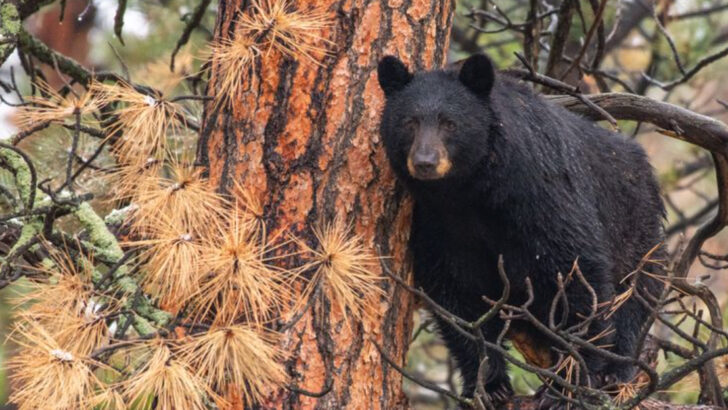Bryce Canyon isn’t just a stunning natural wonder—it’s home to some creatures you definitely want to keep your distance from. The breathtaking views come with a wild side, and not all of it is friendly.
From venomous snakes to elusive predators, this park’s wildlife can turn an idyllic hike into a dangerous encounter. These creatures are experts at blending into their surroundings, making them even more of a threat.
Don’t be fooled by the beauty of Bryce Canyon—this place is as wild as it gets. Before you explore, make sure you know which animals to avoid and how to stay safe. You don’t want to end up in the middle of a face-off with one of its most dangerous residents.
Ready for a wild adventure? Let’s take a look at the 12 creatures you should be on the lookout for when visiting this iconic national park.
Mountain Lion
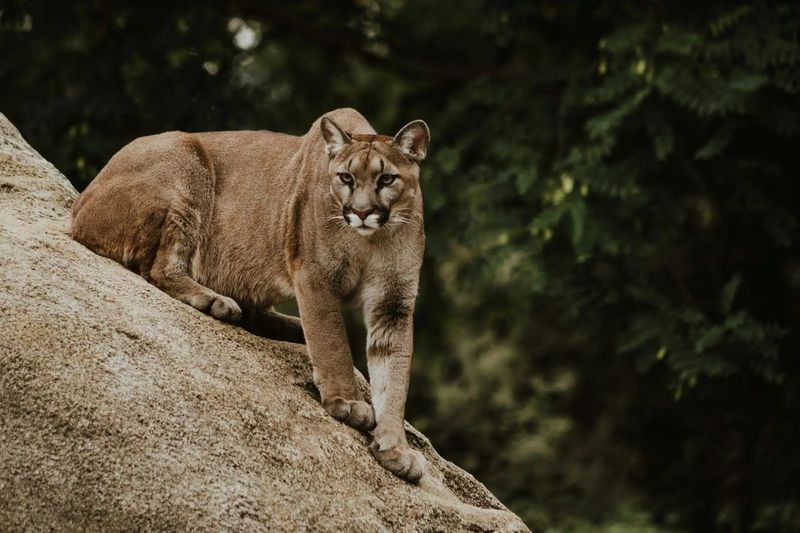
The mountain lion, or cougar, is one of Bryce Canyon’s most elusive predators. Known for its solitary nature, this majestic cat roams the park’s rugged terrain.
Spotting one is rare, but hikers should be vigilant, especially at dawn and dusk when these creatures are most active. If you encounter a mountain lion, make yourself appear larger and never turn your back.
Maintaining eye contact can deter an attack. Remember, these animals are vital to the ecosystem, controlling the deer population and maintaining balance.
Prairie Rattlesnake
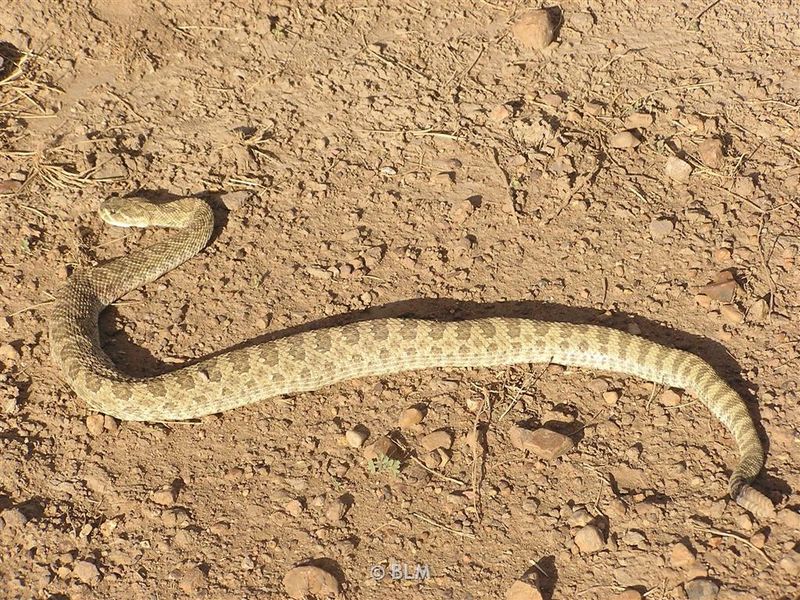
The prairie rattlesnake is a venomous snake to watch out for. Its distinctive rattle serves as a warning to keep distance. Often found basking on rocks, they are more active in warmer months.
While bites are rare, they can be dangerous if provoked. Always be cautious where you step or place your hands, especially around rocks and underbrush.
If bitten, seek medical help immediately. Wearing sturdy boots and long pants can offer protection while exploring trails.
Mule Deer
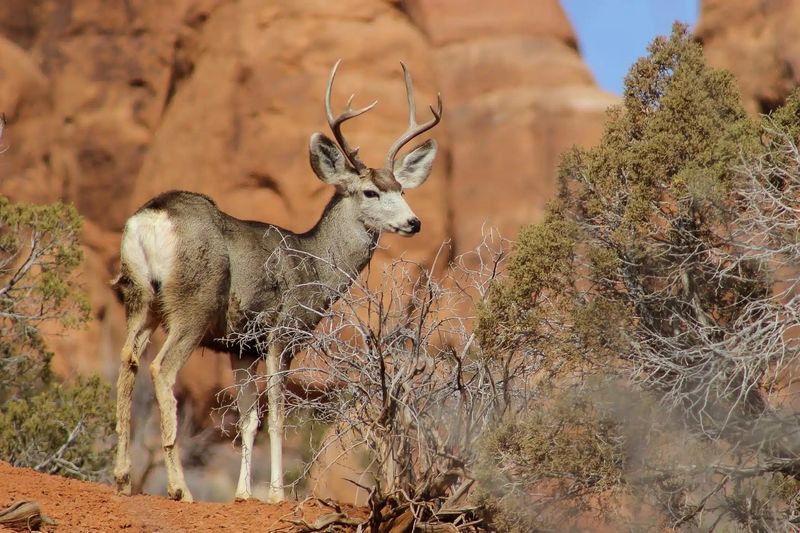
Mule deer are a common sight in Bryce Canyon. With their large, expressive ears, they are highly alert and can often be seen grazing peacefully.
While generally harmless, it’s important to remember they are wild animals. Keep a safe distance to avoid startling them, which could lead to unpredictable behavior.
These deer play a crucial role in the park’s ecosystem, contributing to plant dispersal and serving as prey for mountain lions.
Black Bear
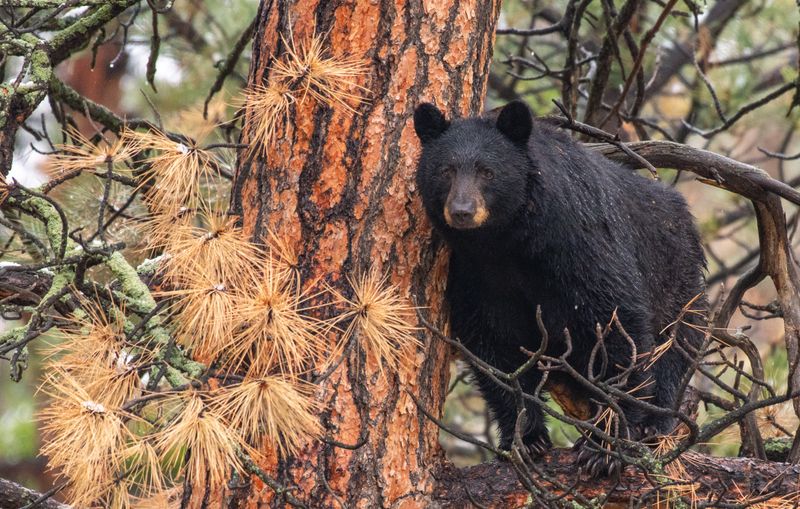
Black bears, though not frequently seen, inhabit the forested areas of Bryce Canyon. They are curious creatures with a keen sense of smell.
If you encounter a bear, remain calm. Avoid running, as this may provoke a chase. Instead, speak loudly and back away slowly.
Ensure food is stored securely, as bears are attracted to human food. Respect their space to minimize encounters.
Yellow-bellied Marmot
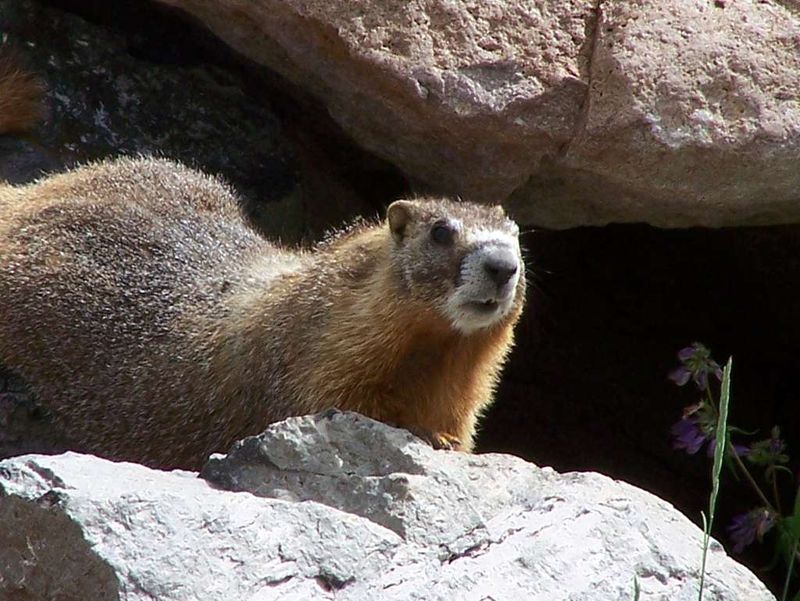
The yellow-bellied marmot is a familiar sight on rocky outcrops. These sociable rodents are often seen basking in the sun.
While not dangerous, they can carry diseases. Observing them from a distance ensures safety for both you and the marmots.
They contribute to the ecosystem by aerating the soil, which aids plant growth. Listen for their distinctive whistles, which serve as alarms against predators.
American Pika
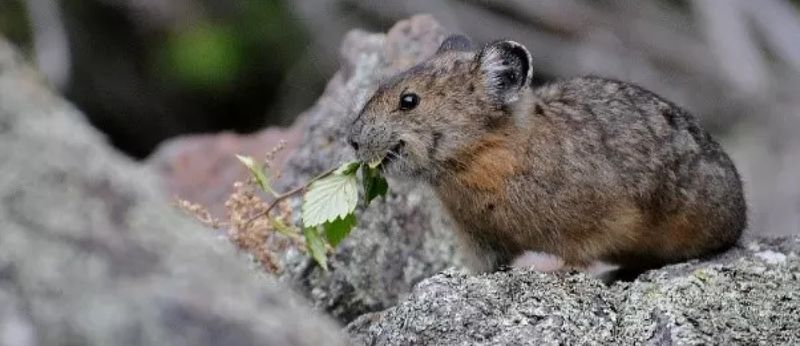
American pikas are small, furry relatives of rabbits, often found collecting vegetation among rocks. Known for their high-pitched calls, they are active during cooler parts of the day.
These creatures are highly sensitive to temperature changes. They serve as environmental indicators, their presence signaling healthy habitats.
While they pose no threat to humans, watching them can give insights into the park’s ecological health.
Red Fox
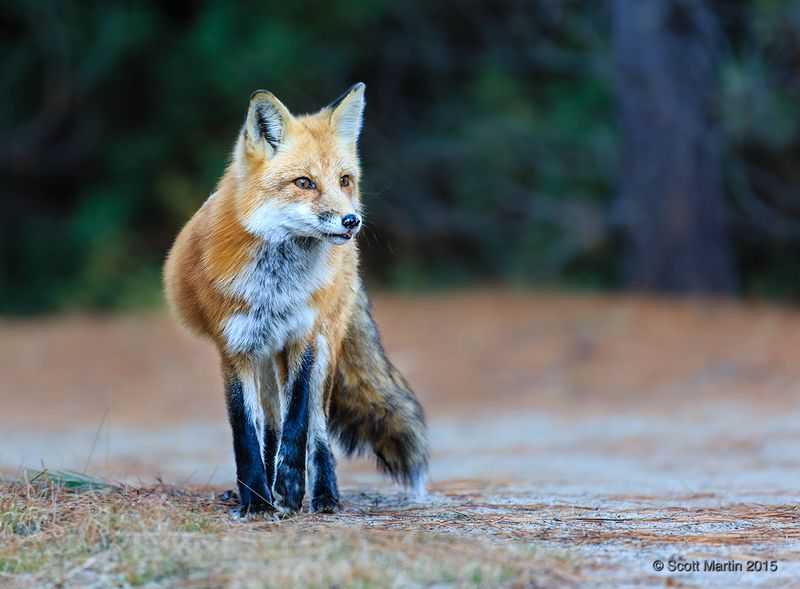
Red foxes are known for their cunning nature and adaptability. With their vibrant coats, they are beautiful sights among the park’s flora.
Though shy, they can be curious. Keep food securely stored to avoid attracting them to campsites. Their role as predators helps control rodent populations.
Spotting a red fox can be a delightful experience, showcasing nature’s adaptability and beauty.
Northern Goshawk
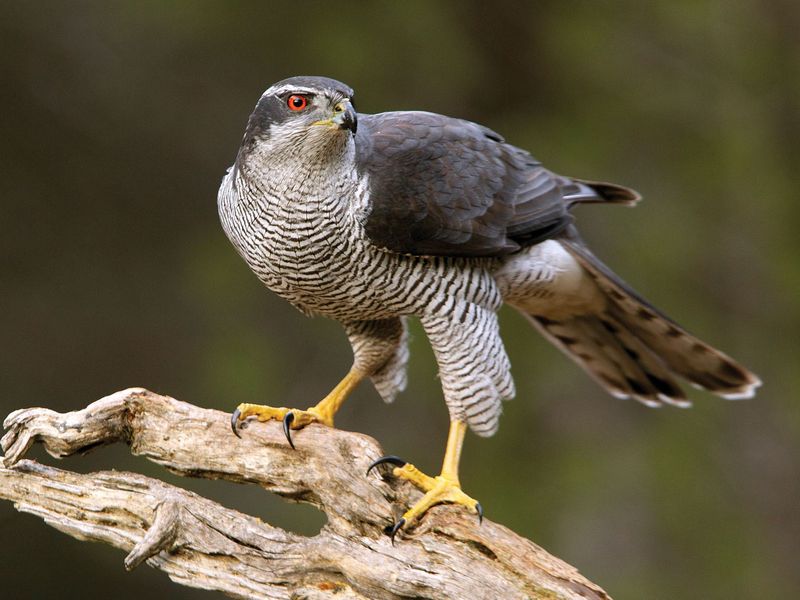
The northern goshawk is a formidable bird of prey, often seen gliding silently through the forest canopy. Known for its fierce hunting skills, it preys on small mammals and birds.
If you hear their distinctive calls, look up to catch a glimpse. These birds are vital for controlling rodent populations.
While they pose no direct threat to humans, it’s fascinating to observe their role in the park’s food chain.
Utah Prairie Dog
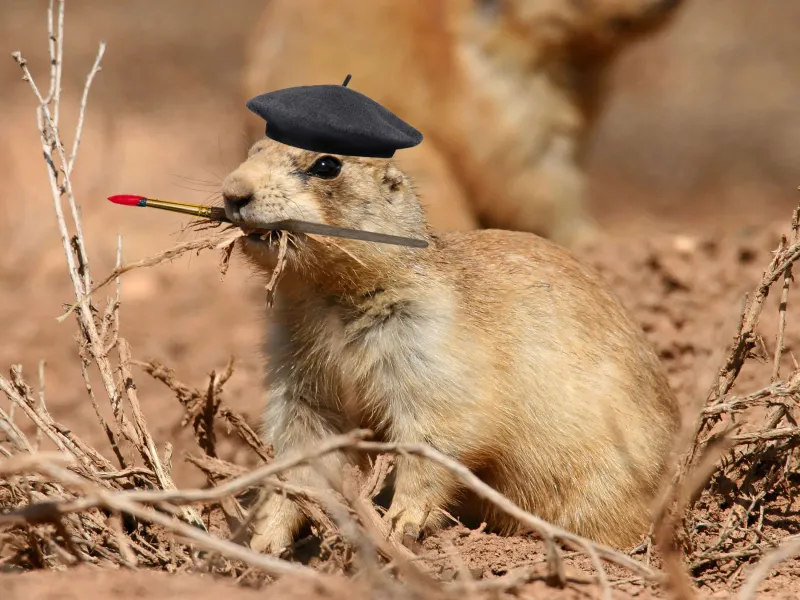
Utah prairie dogs are a keystone species, crucial for ecosystem balance. These social creatures live in large colonies and can often be seen chirping to communicate.
Their burrowing activities aerate the soil, benefiting plant growth. However, they can carry diseases, so maintain a respectful distance.
Observing their interactions offers a glimpse into their complex social structures and ecological importance.
Great Basin Rattlesnake
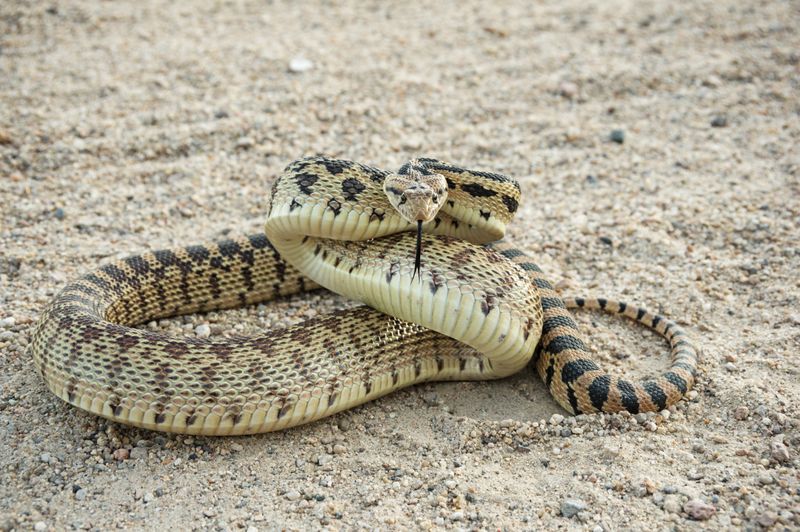
The Great Basin rattlesnake is another venomous snake present in Bryce Canyon. Its camouflage abilities make it hard to spot, so tread carefully.
Their venomous bite requires immediate medical attention if encountered. Always stay on designated trails and be alert.
These snakes play a critical role in controlling small mammal populations, maintaining ecological balance.
Striped Skunk
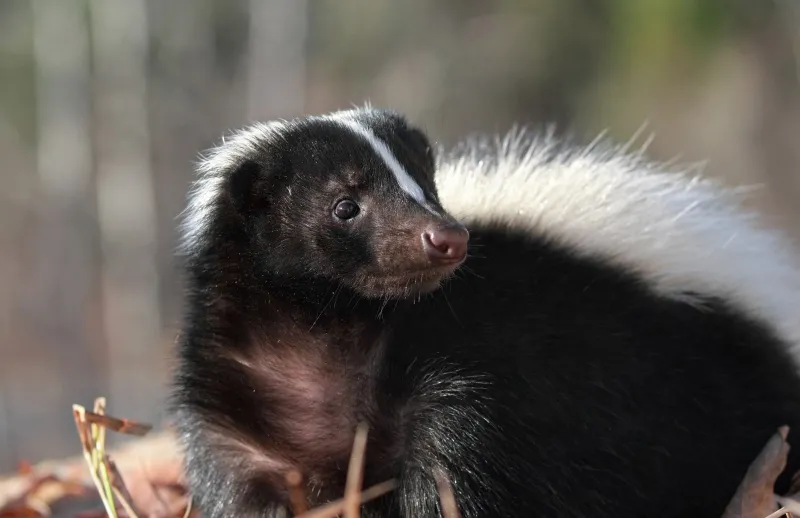
The striped skunk is known for its distinctive black and white pattern and the potent spray it uses as a defense.
If threatened, it will warn intruders by stamping its feet before spraying. Keeping a distance is wise to avoid a smelly encounter.
These creatures help control insect populations and are an integral part of the park’s ecosystem.
Western Bluebird
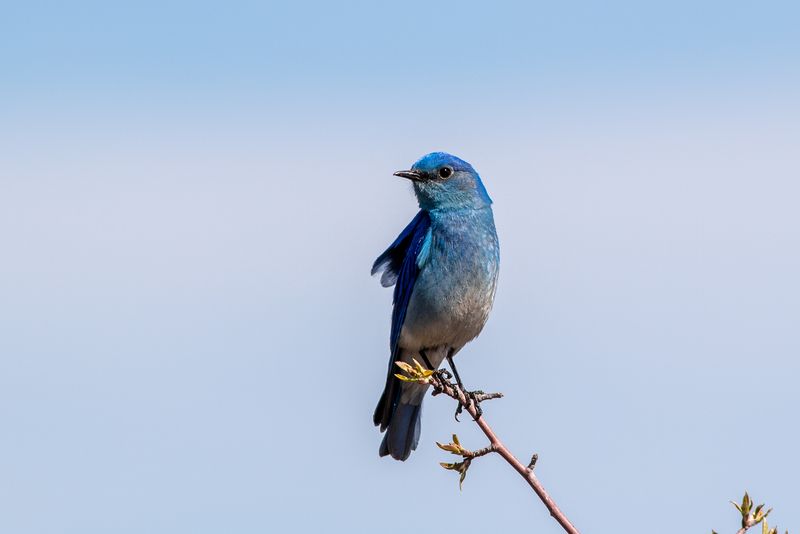
Western bluebirds are a delightful sight, with their vibrant blue feathers. They are often seen flitting through trees in search of insects.
These birds are harmless to humans and contribute to insect control. Their presence is a sign of a healthy environment.
Listening to their cheerful songs can enhance your park experience, offering a serene connection to nature.

